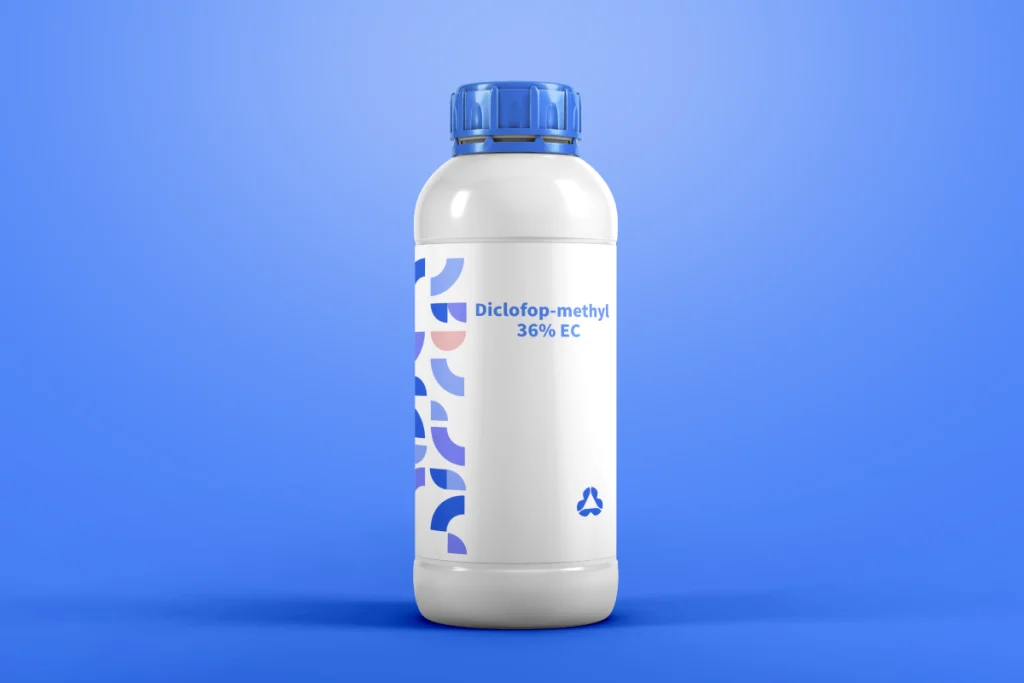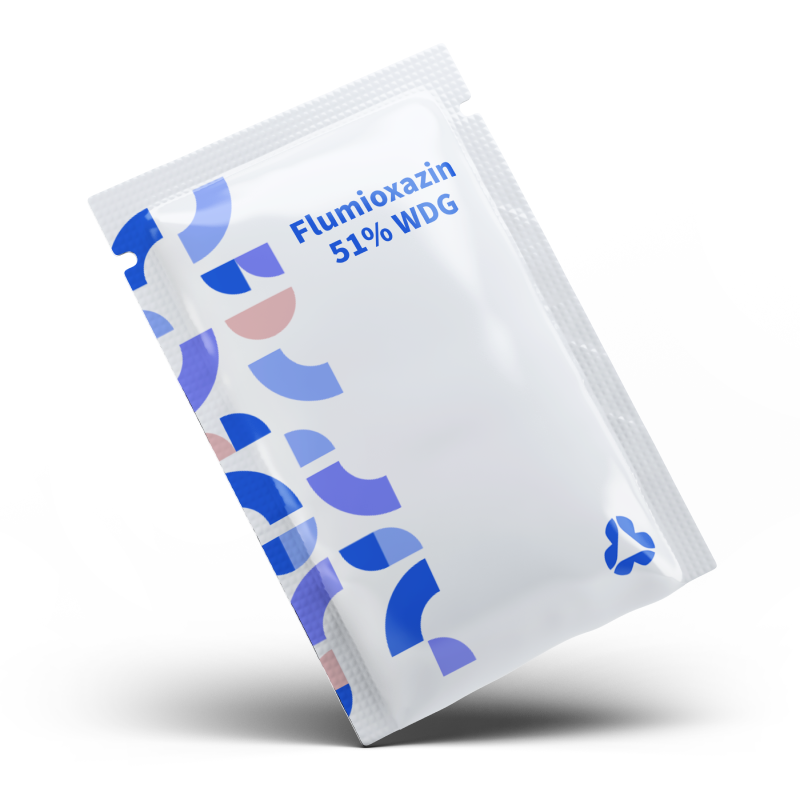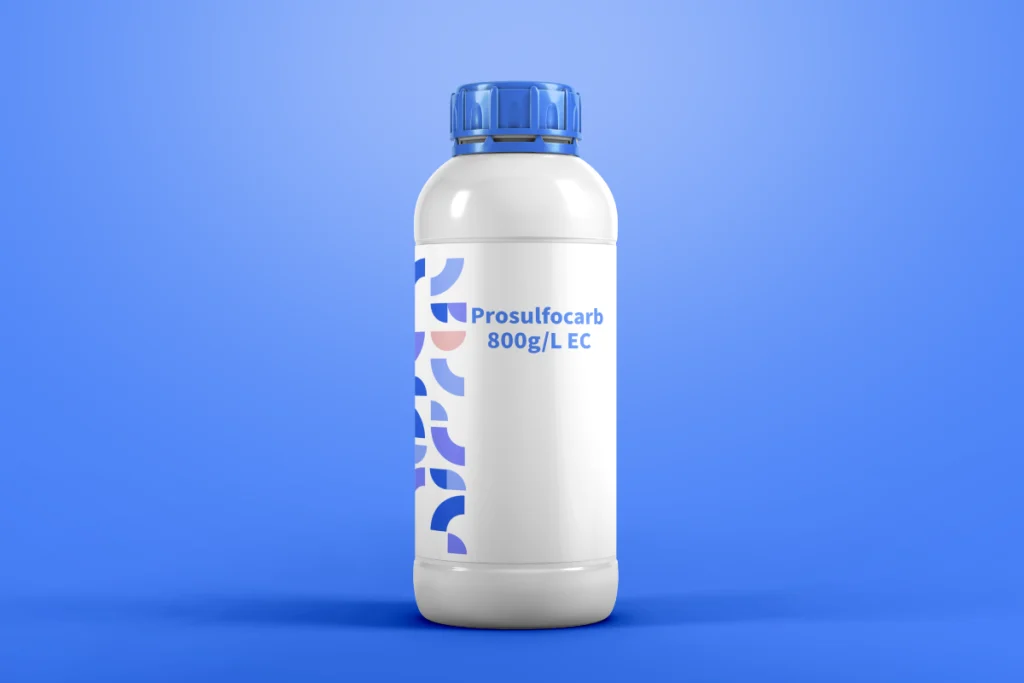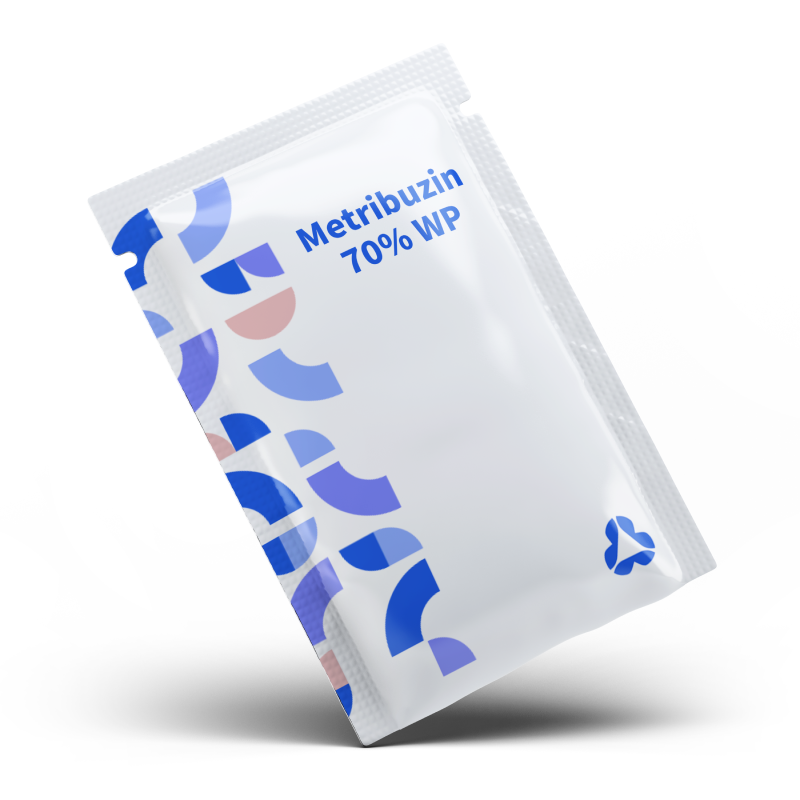Flumioxazin 51% WDG is a high-efficacy N-phenylimide herbicide formulated as a water-dispersible granule (WDG). Classified under Group 14 by the Weed Science Society of America, it inhibits protoporphyrinogen oxidase (PPO), disrupting chlorophyll synthesis and causing rapid necrosis in sensitive weeds upon sunlight exposure. It is primarily used for pre-emergence control of broadleaf weeds and grasses in field crops (e.g., soybeans, peanuts) and ornamental landscapes

Diclofop-methyl 36% EC – Selective Post-Emergence Herbicide for Grass Weed Control
Diclofop-methyl 36% EC is a cyclohexanedione-class herbicide formulated as an emulsifiable concentrate, targeting grass weeds in cereal crops (wheat, barley) and select broadleaf crops. It inhibits acetyl-CoA carboxylase



